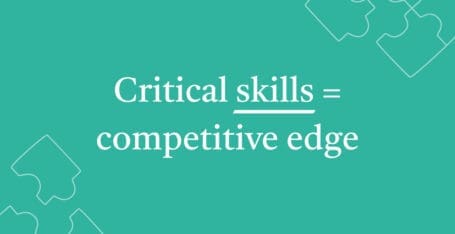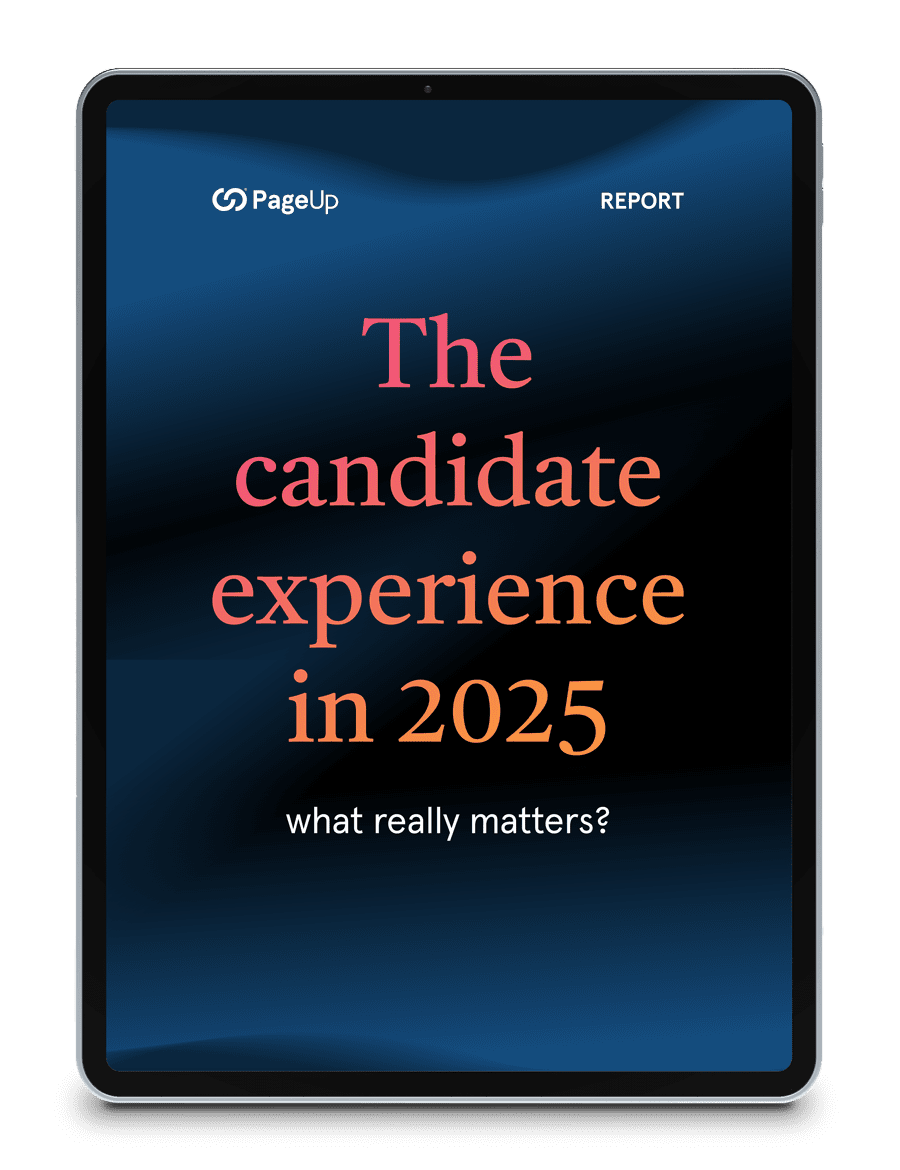Dramatic shifts in the higher education landscape are placing considerable pressure on universities and their HR teams. Cuts in government funding, the increasing casualisationcasualization of the workforce, and a competitive market for talent mean HR professionals have to work harder than ever to find and retain great people.
These challenges can be traced to a dramatic reduction in government funding over the last two decades, coupled with the increasing demand for higher education. This has forced institutions to fundamentally shift their business models to service an influx of students on a tight budget with minimal increase in head count. HR processes have to adapt to support a workforce that is now 73% contingent or casual.
Despite these challenges, HR professionals still need to ensure great employee and student experiences. Technology is an invaluable tool for HR practitioners looking to optimiseoptimize processes while attracting and developing the best talent.
Here are five ways institutions can overcome their toughest HR challenges with the help of technology.
READ MORE: Four ways higher education human resources is changing
1. Complicated position description requirements
University hiring teams often have to grapple with onerous position description requirements; a challenge unique to their industry. The number of position descriptions required by any one institution varies significantly, as do the compliance requirements that accompany them. To better understand the pain points of this process, a group of PageUp team members from across the business visited eight higher education clients across the USA. After sitting with HR teams on campus to hear their challenges, unique requirements and ideas, the team returned to Australia to analyze this research.
These valuable insights will now be used by our team to create technology that makes position description management more streamlined, collaborative and straightforward. To ensure compliance and keep position descriptions current, institutions need to have the most up-to-date information at all times. We’re now working on solutions to make this information accessible when and where HR practitioners need it.
2. Competition for talent
Finding and hiring the best talent before another university does is a constant challenge for higher education leaders. The market for talent is competitive, and organisationsorganizations can no longer rely on prestige or legacy to attract star candidates. Appealing to jobseekers is now as much about creating a compelling employer brand as it is about salary and remuneration. There are many components to a great employer brand: a careers site that communicates what it’s like to work at an institution, an alignment between a jobseeker’s personal values and a university’s social responsibility, and a consumer-grade journey from applicant to employee.
Institutions can clearly articulate their employer brand through mobile-optimisedoptimized careers sites that let applicants seamlessly auto-fill from social sites and CVs while on-the-go. Branded careers portals that support rich content like video are crucial to communicating a clear employer brand, and form part of a consumer-grade applicant experience. Savvy recruiters are also automating and streamlining processes tailored to different cohorts to create personalised, high-touch recruitment journeys.
3. Hiring, onboarding and supporting multiple cohorts
There are multiple cohorts that make up an institution’s workforce, from full-time academic staff to contingent faculty, casual contractors and non-academic staff. These cohorts all have inherently different needs and motivations throughout the employee lifecycle – the challenge is supporting them in separate but streamlined processes that recogniserecognize this.
Institutions should look to adopt talent management processes that are tailored to the specific needs of each cohort. For example, some institutions are using contingent hiring solutions specifically designed to ensure visibility of their large contingent workforces, and consistency and separation in processes.
4. Paper-based processes
Despite major shifts in the industry landscape and a growing focus on the employee experience, many universities haven’t adjusted their talent management process to reflect these changes. Processes are often still paper-based and cumbersome – at times, HR practitioners have to circumvent procedures just to get things done. Critical functions like recruitment are often slowed down by onerous, manual approval tasks.
Working closely with higher education HR professionals has shown us that replacing manual input and paper-based processes with streamlined automation reduces human error and improves compliance and accuracy. Our higher education customers use a simple interface that lets people leaders participate in the recruitment process at various stages to expedite approvals and promote full transparency.
5. Internal silos
OrganisationalOrganizational silos affect institutions of all sizes. They often form between teams, departments, and HR functions, and without effective tools to encourage communication and collaboration, they can be hard to break down. Institutions can avoid internal silos by consolidating their talent management onto one platform, where everyone has visibility over the status of processes and approvals. Without this transparency of processes, fundamental HR tasks like recruiting and onboarding can quickly become bureaucratic and cumbersome.
Understanding “who did what, when” is the first step to breaking down internal silos. This provides insight to remove blockers and continually improve processes. Consolidating talent management in the one platform ensures that processes are streamlined and analytics are surfaced across the entire talent journey.
Set your institution up for future success
Even though the higher education landscape is facing challenges and uncertainties, that doesn’t mean talent management needs to suffer. To adapt to an industry in flux, HR professionals can leverage technology to optimiseoptimize internal processes and put the employee experience at the center of talent management.
Fresh insights for HR
Stay up to date with HR trends, tips and more when you sign up for our industry newsletter





